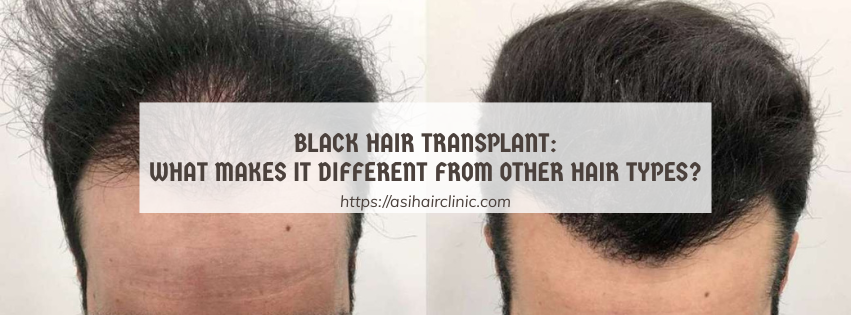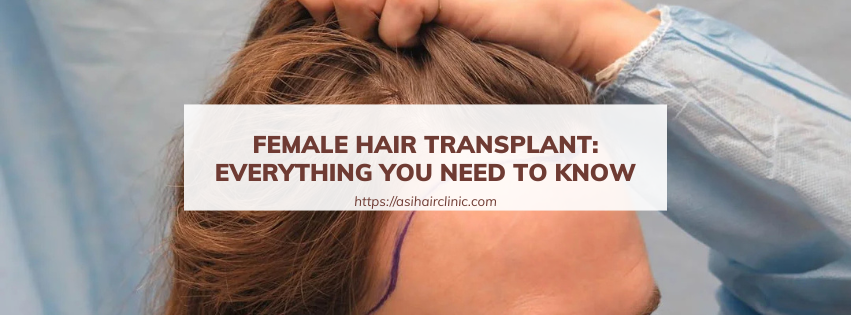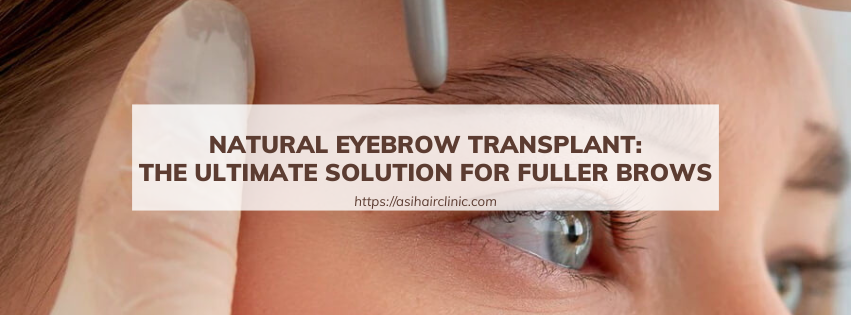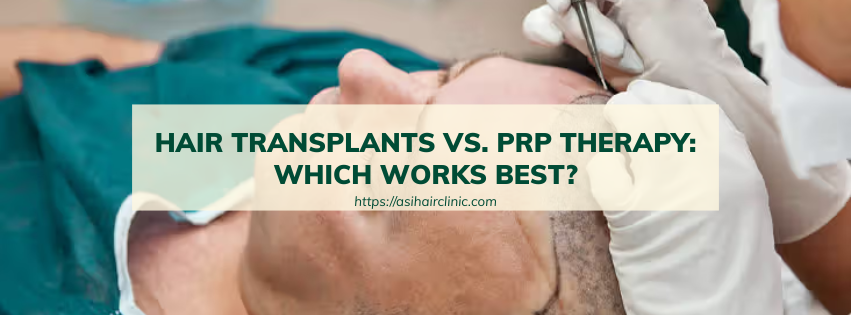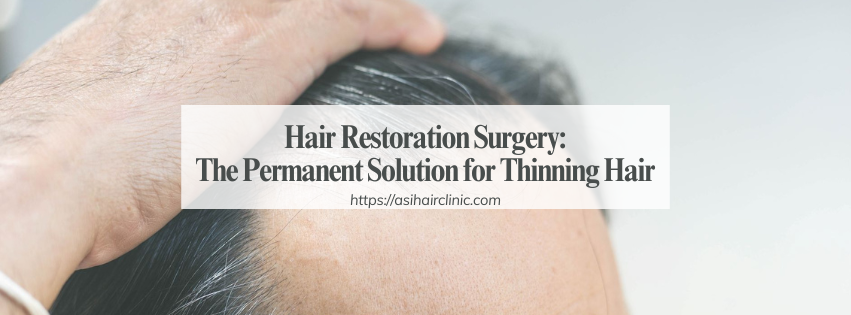Questions Everyone Has but Is Afraid to Ask About Hair Transplant Surgery
Hair transplant surgery has emerged as a beacon of hope for countless individuals grappling with hair loss. In today's society, where a full head of hair is often equated with youthfulness and vitality, it's no wonder that people seek innovative solutions to combat thinning hair or bald patches. This surgical procedure not only represents a physical transformation but also serves as a profound emotional rehabilitation for many, allowing them to regain lost confidence and present themselves with renewed self-esteem. However, delving into the world of hair restoration can be overwhelming. There are numerous misconceptions, fears, and doubts surrounding the process, making it imperative to shed light on the nuances of hair transplant surgery. This article aims to demystify the process by addressing the common questions that linger in the minds of prospective patients, from understanding what the procedure entails to exploring its efficacy and potential drawbacks.
1. Understanding the Basics of Hair Transplant Surgery
Before we tackle the frequently asked questions, it's essential to have a solid grasp of what hair transplant surgery involves.
1.1. What is the Procedure?
At its core, hair transplant surgery is a surgical technique aimed at redistributing hair follicles from a donor site-typically the back or sides of the head-to areas experiencing thinning or balding.
This process hinges on the fundamental principle that the hair follicles in these donor areas are genetically programmed to resist the effects of hormones that lead to hair loss, particularly in cases of androgenetic alopecia. By relocating these robust follicles, surgeons can effectively restore hair growth in areas where it has diminished.
There are two predominant techniques employed in hair transplantation:
Follicular Unit Transplantation (FUT): This method entails the removal of a strip of skin from the donor zone, which is then dissected into individual follicular units under microscopic examination. These grafts, containing anywhere from one to four hair follicles, are subsequently implanted into the balding areas. While FUT can yield high hair density, it does leave behind a linear scar that may be exposed if the hair is worn short.
Follicular Unit Extraction (FUE): In contrast to FUT, FUE is a more advanced technique where individual follicular units are extracted directly from the donor area using specialized punch tools. This minimally invasive method leaves tiny dot scars rather than a continuous line, allowing for greater versatility in hairstyles. FUE is often favored for its shorter recovery time and reduced visibility of scarring.
Navigating the initial stages of understanding hair transplant surgery is crucial for anyone considering this transformative journey.
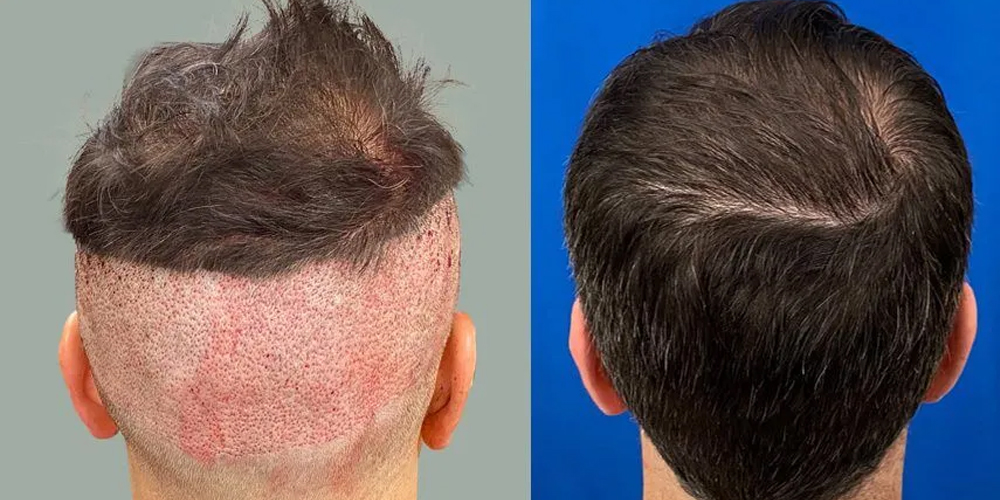
1.2. Who Are Suitable Candidates?
The ideal candidates for hair transplant surgery generally include individuals experiencing progressive hair loss, particularly those suffering from androgenetic alopecia.
However, several criteria must be met for someone to be deemed eligible for the procedure:
- Sufficient Donor Hair: A healthy supply of donor hair is essential for a successful transplant. Those with insufficient donor sites may find themselves unfit for the procedure.
- Stable Hair Loss: It's often advised that patients wait until their hair loss has stabilized before undergoing surgery to ensure lasting results.
- Health Considerations: Individuals with certain medical conditions, such as uncontrolled diabetes, blood disorders, or autoimmune diseases, may face complications during the transplant process.
- Realistic Expectations: Prospective patients should approach the procedure with realistic expectations regarding both the outcome and recovery timeline.
Understanding these qualifications helps set the stage for successful hair restoration.
2. Common Concerns and Misconceptions
When contemplating hair transplant surgery, many individuals have pressing concerns and reservations that often stem from misunderstandings about the procedure.
2.1. Does Hair Transplant Surgery Hurt?
Pain is an omnipresent concern for anyone facing a surgical intervention. The good news is that hair transplant surgery is generally regarded as a minimally invasive procedure with manageable discomfort levels.
During the surgery, local anesthesia is administered to numb the treatment area, effectively eliminating pain during the operation. Many patients report feeling pressure rather than pain as their grafts are being placed. Post-surgery, some tenderness and throbbing can occur, primarily at the donor and recipient sites. This discomfort is usually transient and can often be alleviated with over-the-counter pain relievers.
It's important to remember that everyone's pain tolerance varies, so while most experience mild discomfort, some may feel more significant sensations. Engaging in open discussions with your surgeon about pain management strategies can help alleviate pre-operative anxiety.
2.2. What Can I Expect During Recovery?
Recovery is a critical component of the hair transplant experience, and it's vital to know what to anticipate post-surgery.
After a hair transplant, most patients can expect swelling and bruising around the treated areas for a few days. Some crusting may also develop, but this typically resolves within a week or two. Most individuals find they can resume daily activities within a few days, although avoiding strenuous exercise and exposure to direct sunlight for a couple of weeks is highly recommended to facilitate healing.
Following your surgeon’s aftercare instructions diligently is paramount for achieving optimal results. For instance, gentle hair washing and refraining from touching or scratching the scalp can greatly enhance recovery. Emotional support during the recovery phase is also beneficial, as patients may experience fluctuations in mood and feelings of vulnerability due to their changing appearance.
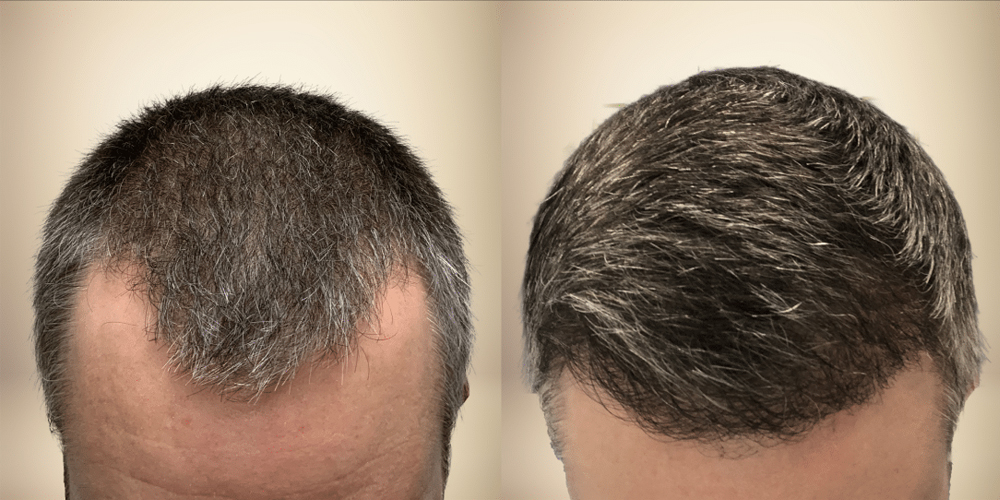
2.3. What Are the Risks Associated with Hair Transplant Surgery?
Like any surgical procedure, hair transplant surgery carries inherent risks and potential complications that patients should be aware of.
- Infection: While infections are relatively rare, they can occur at the donor or recipient sites. Adhering to proper hygiene and taking prescribed antibiotics can mitigate this risk significantly.
- Scarring: FUT typically leaves a linear scar, while FUE results in minimal scarring. However, individual healing processes vary, and some patients may notice more prominent scars than others.
- Shock Loss: Temporary shedding of existing hair around the transplanted area can occur post-surgery. This phenomenon, known as shock loss, is usually temporary, with new hair regrowth expected in the ensuing months.
- Unsatisfactory Results: In some instances, the final appearance may not align with patient expectations. Factors influencing this can include poor graft survival, inadequate planning, or the natural progression of hair loss.
Being informed about these risks allows prospective patients to engage fully in discussions with their surgeons, ensuring all worries are addressed prior to going under the knife.
3. Financial Considerations of Hair Transplant Surgery
One of the key factors individuals weigh when considering hair transplant surgery is cost.
3.1. What Affects the Cost of Hair Transplant Surgery?
The financial implications of hair transplant surgery can vary widely based on numerous factors.
- Geographic Location: The costs associated with hair transplants can differ based on the region and the availability of specialists. Urban locations may have higher rates due to demand.
- Technique Used: As previously mentioned, the choice between FUT and FUE can impact pricing. Generally, FUE tends to be more expensive due to the specialized tools and techniques involved.
- Surgeon’s Expertise: A highly skilled and reputable surgeon will charge more for their services. Investing in an experienced professional is crucial for achieving desirable outcomes.
- Number of Grafts Needed: Hair transplant costs are typically calculated per graft, meaning the overall expense can fluctuate depending on how extensive the procedure is.
3.2. Payment Options and Considerations
Fortunately, many clinics offer financing options to help make hair transplant surgery more accessible for patients. Exploring payment plans, insurance coverage, and potential credit options can ease the financial burden associated with the procedure.
While the cost is an important consideration, prioritizing quality over affordability is crucial in this context. Choosing an experienced surgeon and clinic can significantly affect the success of your hair restoration journey.
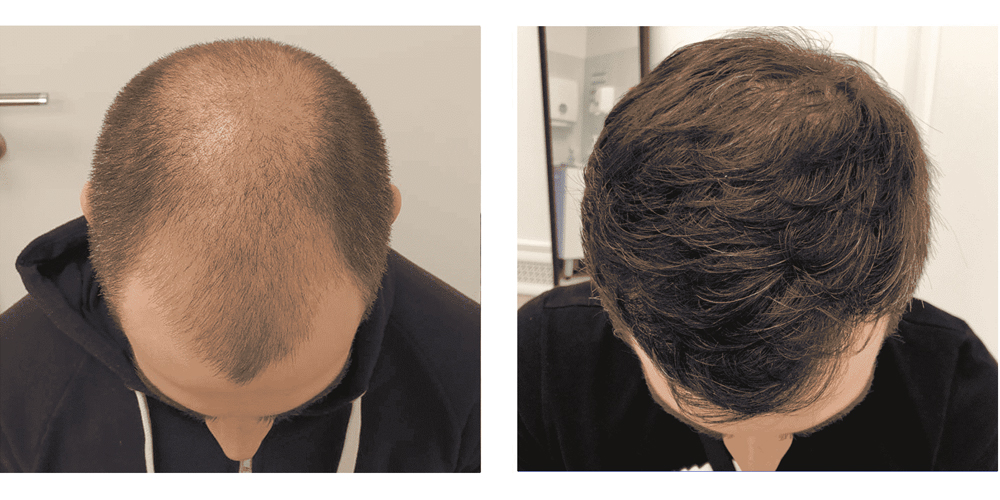
4. Hair Transplant Results: What to Anticipate
A primary motivation for individuals seeking hair transplant surgery is the promise of results, but understanding the timeline and realism is essential.
4.1. How Long Before I See Results?
Patience is paramount when it comes to hair transplant surgery. Once the procedure is complete, there is an initial phase where the transplanted hair may shed-a normal part of the healing process.
Typically, new hair growth begins to appear 3 to 6 months post-surgery, with fuller results becoming noticeable 6 to 12 months after the procedure. Final results can take up to 18 to 24 months to manifest fully, signaling the need for persistence and reassurance during the waiting period.
4.2. Will My Transplanted Hair Look Natural?
Achieving a natural-looking result is a fundamental goal of hair transplant surgery, and skilled surgeons take meticulous care in executing this objective.
From the outset, the design of the hairline is carefully considered, ensuring that it mimics the natural patterns of hair growth. Surgeons utilize advanced techniques to strategically place each graft, factoring in angle, direction, and density to create a seamless blend with existing hair.
It's essential to communicate your expectations clearly with your surgeon and to review before-and-after photos of previous patients to gauge the quality of their results. That way, you can form realistic expectations about what the outcome will look like.
4.3. What Alternatives Are Available?
For individuals who may not be ready to commit to surgical procedures, various alternatives exist for managing hair loss.
Medication: Options like finasteride and minoxidil can effectively slow down hair loss and even promote regrowth in some cases. However, these treatments require ongoing commitment and may have side effects.
Platelet-Rich Plasma (PRP) Therapy: This non-surgical treatment involves injecting concentrated platelets derived from the patient's own blood into the scalp to stimulate hair growth.
Low-Level Laser Therapy: Utilizing lasers to invigorate hair follicles, this approach promotes hair growth without invasive procedures.
Hairpieces and Wigs: For those seeking immediate results without surgery, high-quality hairpieces or wigs represent practical solutions to conceal thinning hair.
Discussions with professionals about these alternative routes can provide additional perspectives and aid individuals in making fully informed decisions.
Conclusion
Hair transplant surgery represents a life-altering opportunity for many struggling with hair loss, offering a chance to regain confidence and enhance self-image. While the process may initially seem daunting due to misconceptions and uncertainties, educating oneself on the intricacies of the procedure can empower prospective patients. Addressing common concerns, understanding the financial implications, and recognizing realistic expectations regarding outcomes all contribute to a well-informed decision-making process.
If you're considering a hair transplant, don't hesitate to seek advice and gather information from qualified professionals. Your journey towards restoring a full head of hair can be a fulfilling one, opening doors to newfound confidence and a brighter future. Ultimately, the decision to undergo hair transplant surgery should revolve around what's best for you and your individual circumstances.
LATEST POSTS

